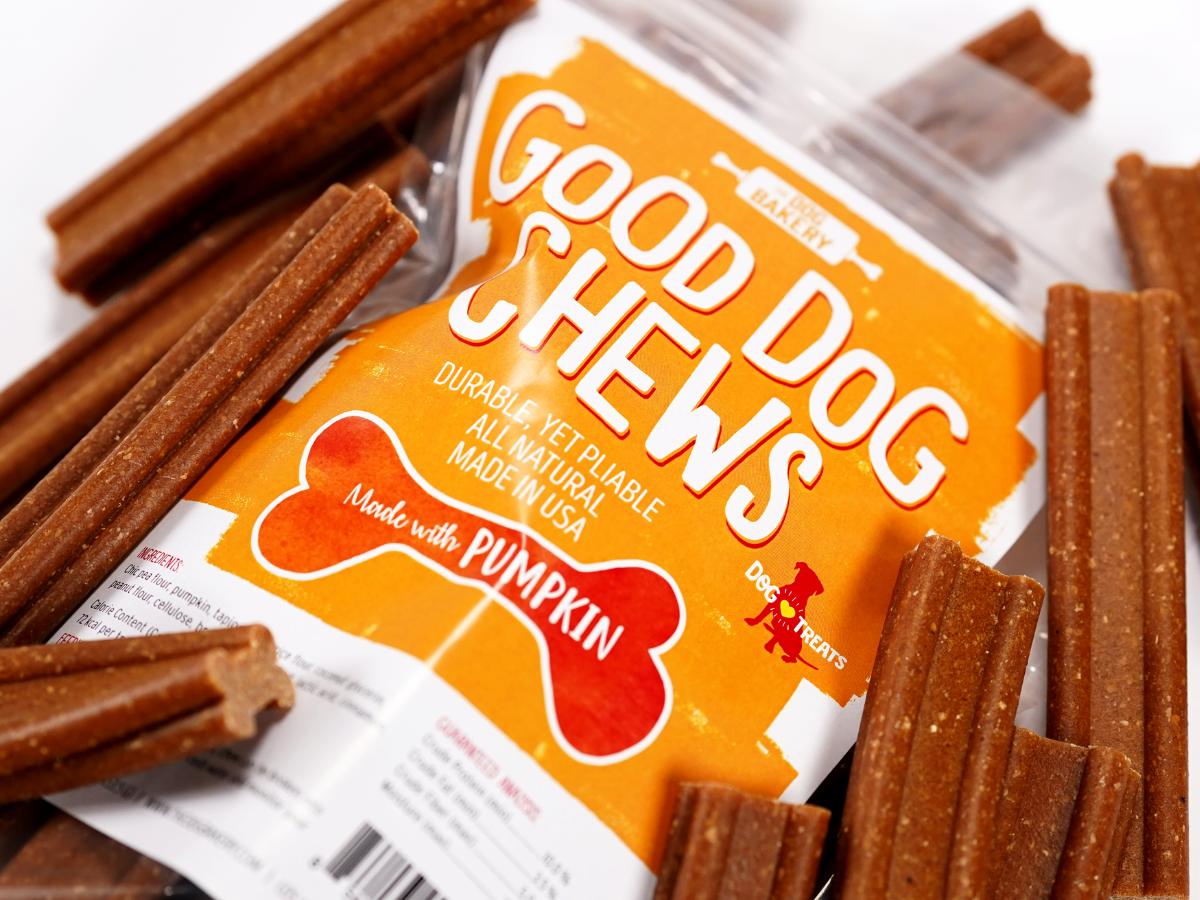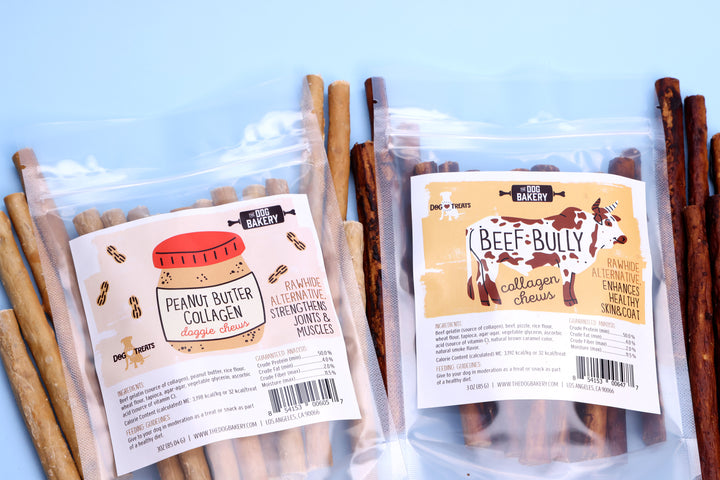White Pugs: Learn Why They Are Rare

If you love dogs, you’ve probably seen a Pug. These lovable pups are wildly popular and the perfect match for many families. They come in a wide variety of colors and coats, including all white–which is relatively rare.
Not only are white Pugs somewhat rare, they’re also controversial among animal rights activists, ethical breeding advocates, and many lovers of the breed. Without further ado, let’s delve into everything you need to know about white Pugs.
Let’s Meet Some White Pugs!
Of course, you can’t properly learn about white Pugs without being able to imagine what these pooches look like! Here are just a few white Pugs whose humans share their lives on Instagram.
1. Elliot
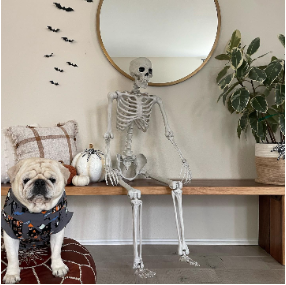
Born in 2013, Elliot is always ready for a treat or a photo. Sometimes, he gets both!
2. Po

Living his best and most sleepy life in California, Po is a white Pug who truly appreciates a soft bed and a nap.
3. Sugar
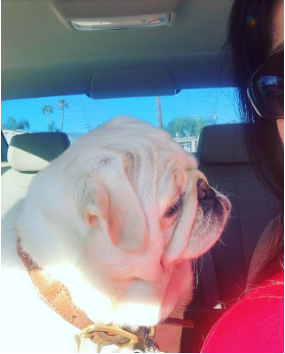
Sugar is a five-year-old white Pug who has an all-black Pug sister named Pepper!
Why the Controversy?
White Pugs are usually the result of a genetic mutation, but some breeders have attempted to produce white Pugs through selectively breeding dogs with genetic predispositions for albinism and leucism.
Albinism is an inherited disorder that affects melanin production. Pugs with albinism produce zero melanin, and will have fully white fur, pale pink skin, and pale pinkish eyes. Leucism reduces but does not fully eliminate melanin production, and leucistic Pugs will typically have white or cream fur and light blue or brown eyes.
Albinism (and in some cases, leucism) can cause vision impairments and blindness, sun sensitivity, and increased susceptibility to certain cancers. When breeders pair dogs that carry the genetic markers for albinism, they risk producing puppies with serious health issues and special needs that require additional care both financially and physically from their families.
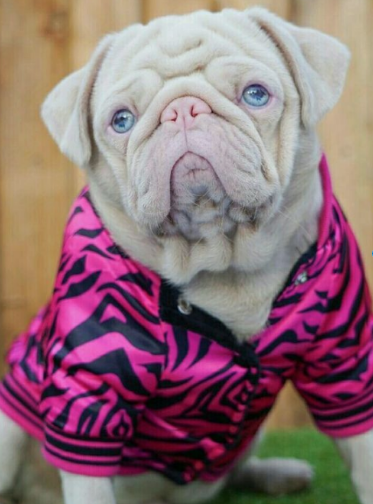
The controversy is based purely on the fact that it is unethical to purposefully produce dogs that are likely to have physical disabilities and health risks. Breeders eager to make profits prey on unsuspecting dog lovers and use the power of scarcity and exoticism to sell white Pugs. Unfortunately, many of these pugs find themselves in homes that are not prepared to support their special needs, putting them at risk of abandonment and neglect.
White Pug Basic Info
White Pugs are purebred Pugs displaying a specific phenotype of a genetic mutation, and will share all the same general characteristics of typical fawn and black Pugs. Here are some of the basics about this breed.
How Did This Color Come to Be?.
The white Pug is the result of a genetic mutation, which has been exploited by unethical breeders and advertised as a “rare variety” of pug. In truth, white Pugs are typically albino or leucistic, though some may be mixed breed dogs whose parentage includes breeds known to typically have white coats.
A breeder named “John Lapp” has sometimes been attributed as the “original” breeder of white Pugs, but this individual is likely just a scammer/unethical breeder who capitalized on producing an albino puppy.
What Did Pugs Look Like 100 Years Ago?
Before selective breeding, Pugs originally had longer noses, longer legs, a straight tail, fewer wrinkles, eyes that didn’t bulge, a slimmer build and thier gait was different. But as the breed was bred, these were seen as desirable characteristics and so they were brought forward to what the modern day Pug looks like.

Can White Pugs Be Bred or Is It Always a Genetic Mutation?
White Pugs can be bred, and their coloration is always a genetic mutation. White purebred Pugs are always albino or leucistic, and there is no evidence to suggest that any reputable breeders have managed to produce white Pugs without the albino or leucistic gene.
In theory, a breeder could mix a Pug with another dog that is phenotypically white, but those puppies would no longer be considered full “Pug.”
White Pug Temperament
White Pugs are typically temperamentally the same as their fawn and black siblings. Pugs are outgoing, goofy, stubborn, and sensitive. White Pugs, who are prone to vision problems may have additional needs due to their special needs.
White Pug Size
Purebred Pugs are typically 10-14 inches tall, and should weigh between 14-18 pounds.
White Pug Health
Pugs are brachycephalic, meaning they have short, squashed faces. The squashed-face look is a purposeful aesthetic choice developed over decades of careful selective breeding. While this look is breed standard, it often causes breathing problems like asthma, and can impact a dog’s ability to safely exercise, travel, spend time outdoors, and bite.
Pugs are also prone to skin conditions and allergies, eye disease, respiratory distress, chronic ear infections, and Legg-Calvé-Perthe disease.

White Pugs are also likely to have vision impairments, full blindness, and additional skin sensitivities. Some white Pugs may also be more susceptible to certain cancers.
Where Can I Get a White Pug?
Since it is not ethical to purchase purposefully bred white Pugs, the best place for you to get a white Pug is at a local shelter, from a breed specific rescue, or from a reputable breeder who has had an accidental white puppy in a litter of otherwise typical fawn or black puppies. Purebred Pugs typically cost anywhere from $500-$2,000, though again, you should not purchase a white Pug from a breeder who has purposefully produced puppies with albinism.
Here are a few resources where you can search for rescue Pugs!
White Pug FAQs
Now that we’ve met the breed, it’s time to learn a little more. If you’ve ever had any questions about this unique variation of the standard Pug, this is the perfect place to find answers.
Are White Pugs AKC Recognized?
Yes, but they cannot be shown in the ring. While white Pugs can be AKC certified (as in their parentage is approved by AKC standards,) their coloring is not a standard color and therefore not eligible for show.
What Pug Colors Are AKC Recognized?
The AKC only recognizes two official Pug colors: fawn and black.
Source: @newt_skadoot
How Much Are White Pugs?
Purebred Pugs cost anywhere from $500-$2,000, but you should not purchase a white Pug from a breeder that is purposefully producing albino puppies.
Do White Pugs Have More Health Problems?
Yes. Dogs with albinism and leucism often suffer from vision problems, skin sensitivity, and increased risk of cancer.
What Are the Best White Pug Names?
The best name for your Pug is whatever you want to call them! You can pick something unique or you can go with classic names like Snowball.
White Pugs With Blue Eyes, Do They Exist?
Yes. These dogs are considered leucistic, and are also not an ethical choice.
How Long Do White Pugs Live?
Pugs should live to be 12-15 years old, but with more health problems comes more risk of shortened lifespan.
What Is the Rarest Pug Color?
Brindle, silver, and white paw Pugs are considered some of the rarest Pug colors! While none of these are approved AKC standard colors, none are the result of albinism, and do not have any health issues associated with them.
The three foods that are super healthy and that almost every dog loves, even the pickiest dogs, are:
1. The Farmer’s Dog.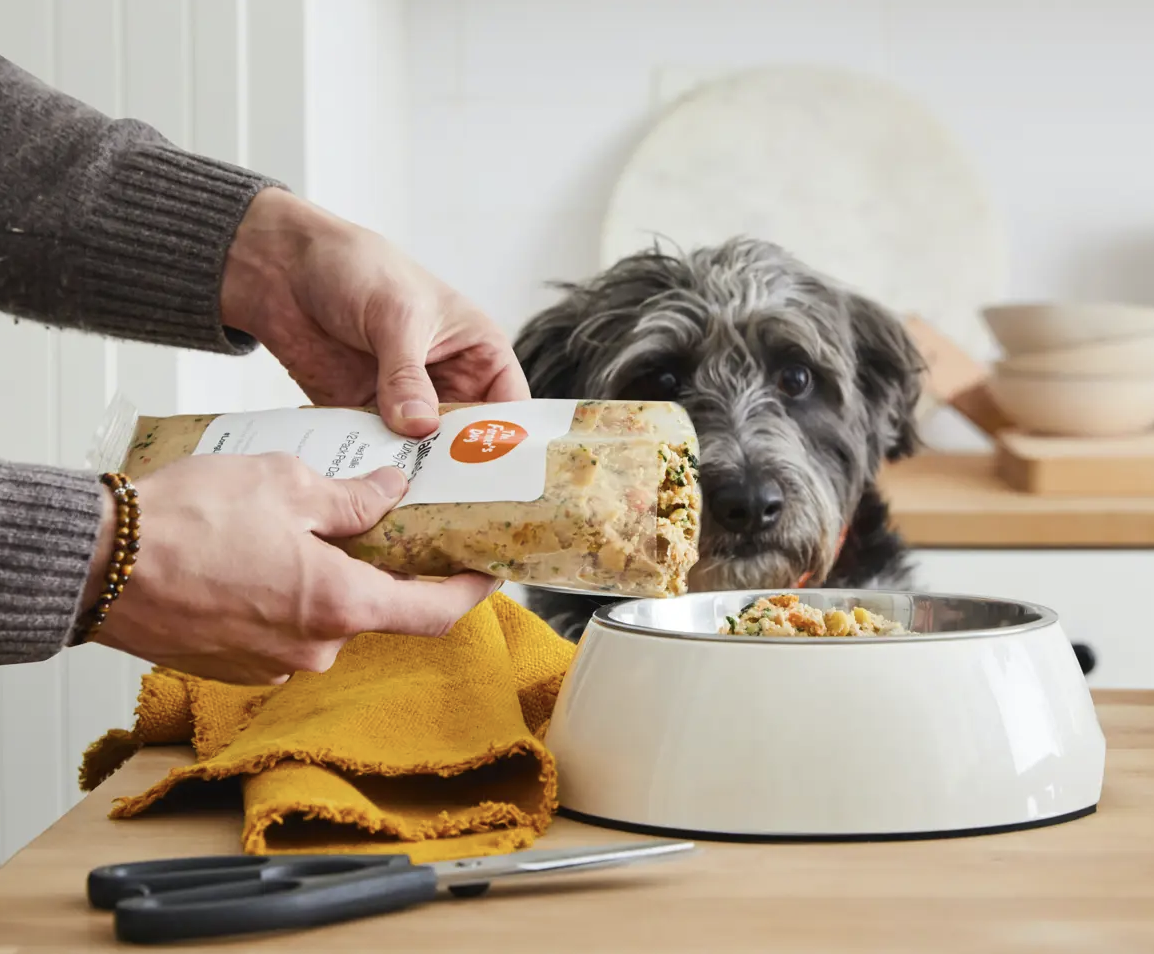
This is a fresh-frozen food that’s delivered to your home in just the right amounts for your dog. There are a number of fresh frozen dog foods available on the market and I tested them all. The Farmer’s Dog came up the winner with my picky dogs. You can see the fresh frozen food test here.
Save 60% on your first order
—
2. Sundays Food For Dogs
This is an air-dried food. It has the convenience of kibble (just pour it in the bow) but is much much healthier. It’s like little pieces of jerky, so dogs go crazy for it. There are a number of air-dried foods on the market. My dogs tested 3 of them. You can see the results of the air-dried food test here.
Get 35% off your first order + free shipping w/ code ROCKY35
3. We Feed Raw.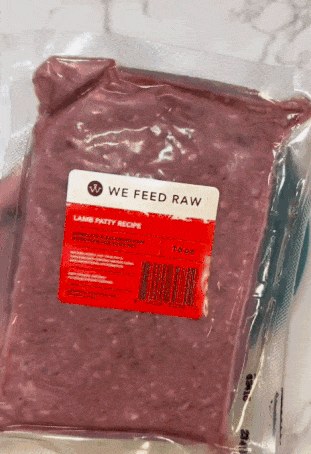
This raw food for dogs comes delivered to your home is perfectly sized portions for your pup. They primarily source their ingredients from trusted U.S. farmers, with two exceptions: venison and lamb. These ingredients are sourced from New Zealand, where some of the highest-quality and most ethically raised venison and lamb can be found. Pasture-raised and grass-fed and finished, we highly recommend trying these formulas if you’re interested in the best-quality ingredients. Save 25% on your first order.
Supplements: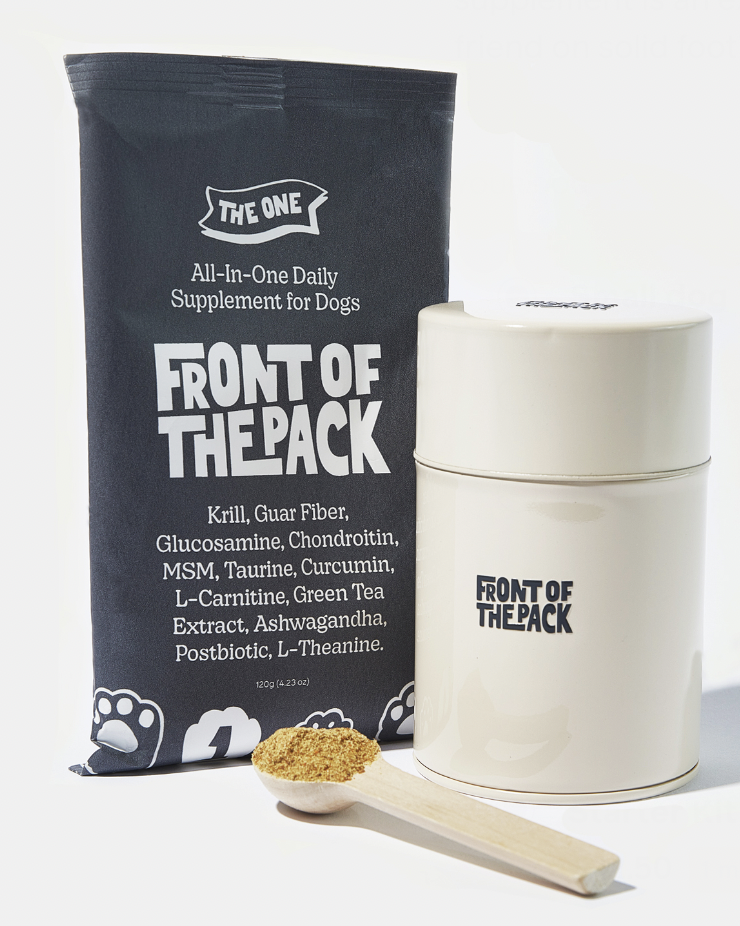
I highly recommend using a supplement on your dog’s food, not matter what you feed them, to ensure the meal is balanced and they are getting all the right supplements to help them stay healthy. The supplement I use is called The One from Front of the Pack. It has 12 ingredients that have been clinically-proven to keep your dog’s joints, skin, heart, digestion, and even their breath in tip-top shape. It’s also a powder, so easy to sprinkle on your dog’s food. For a limited time, when you buy one month you get a second month free.
Love the flat-faced breeds? Check out the rare (and adorable) fluffy French Bulldog!


